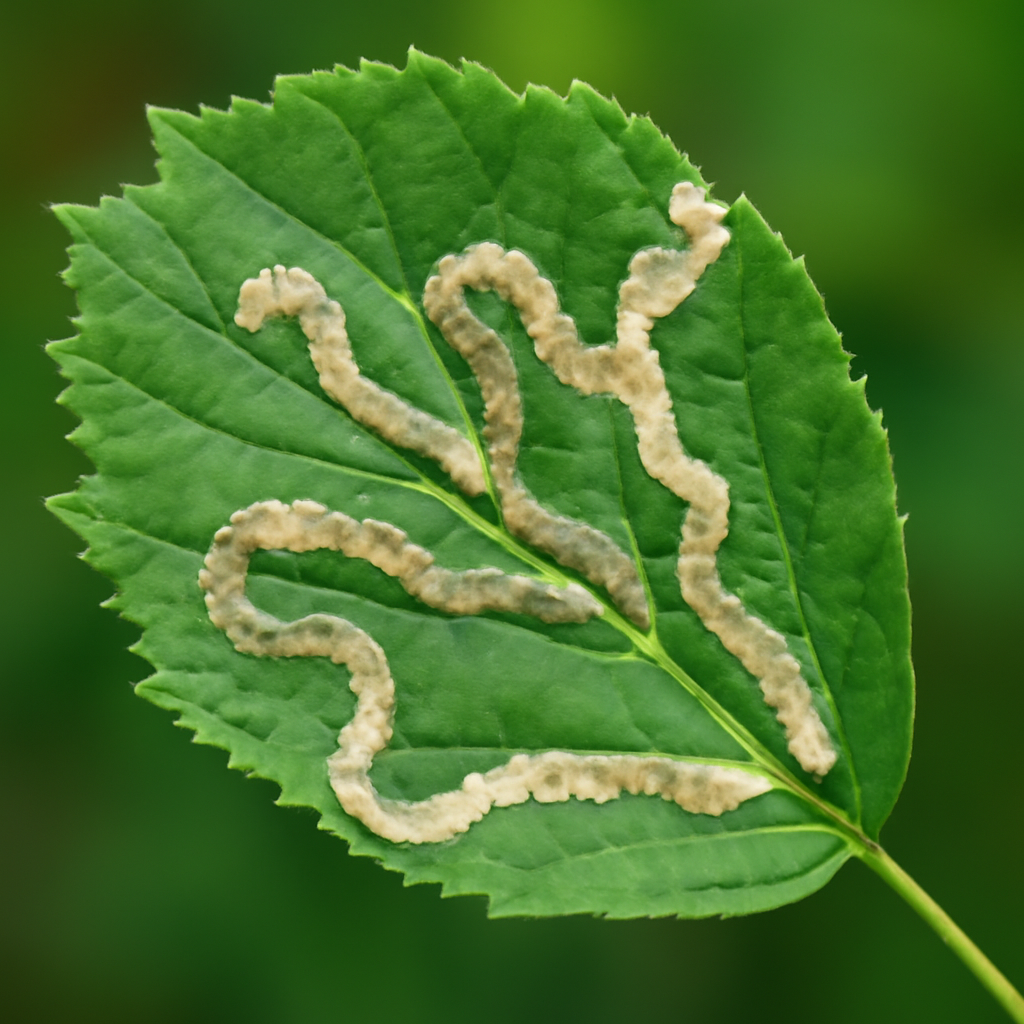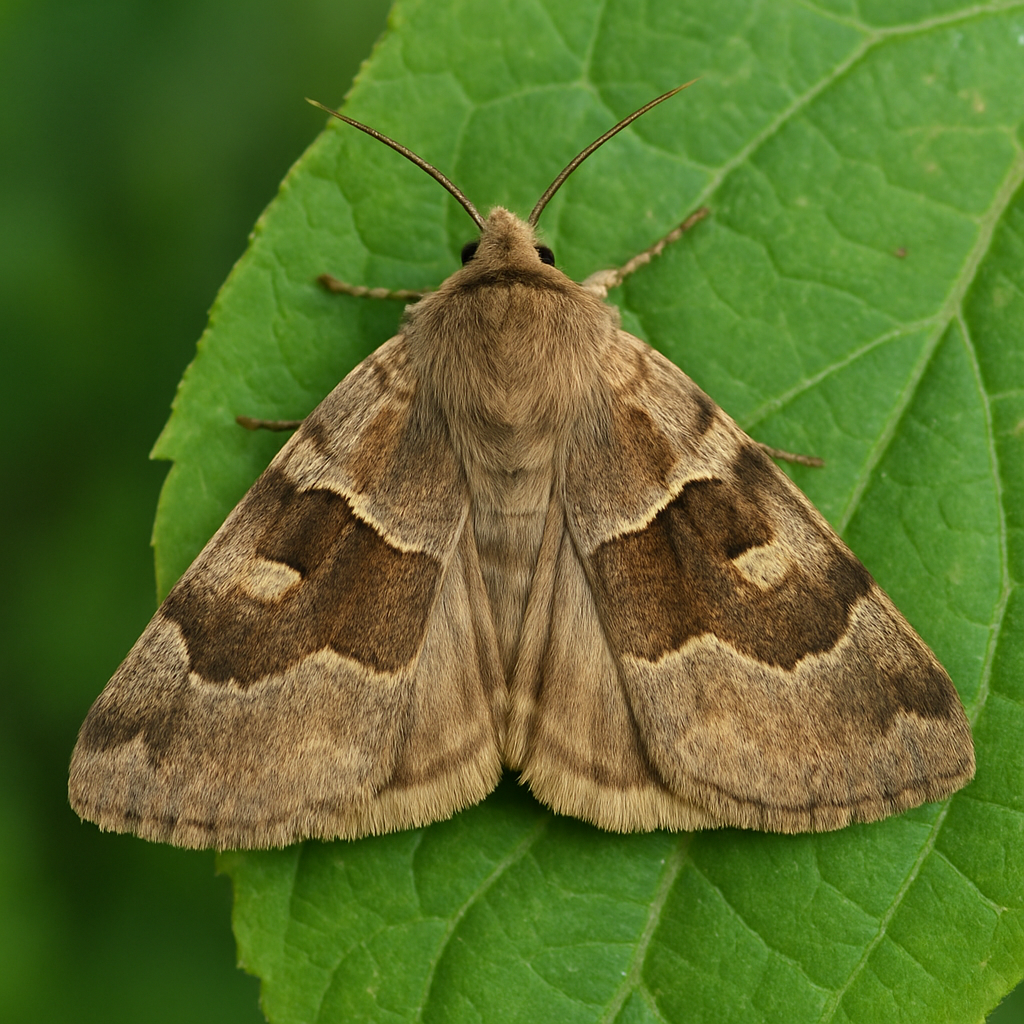
Join us for an insightful journey through the early days of autumn, where every corner of nature is teeming with life and the first signs of seasonal change begin to appear. Whether you're a nature enthusiast or simply curious about the seasonal shifts, this article will captivate and inspire you.

Come back on September 2nd to discover the wildflowers that define the month!
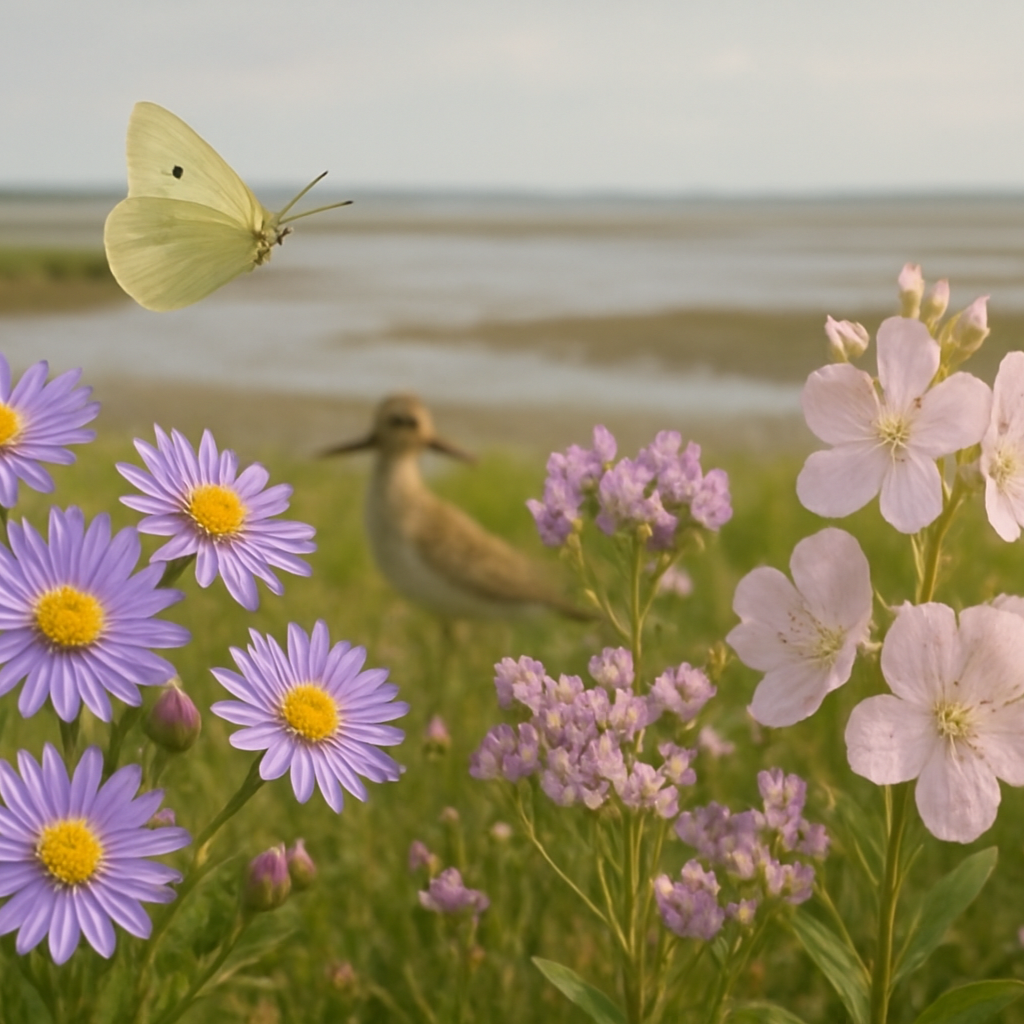
Come back on September 3rd to uncover the coastal and downland wonders still in bloom!
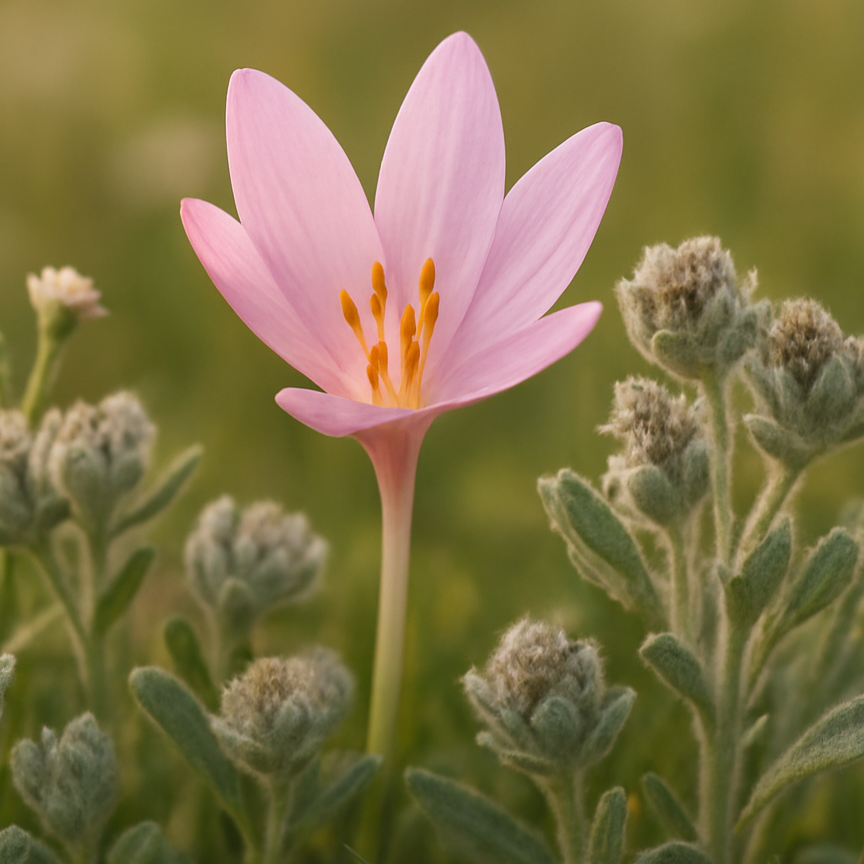
Come back on September 4th to discover the quiet stars of early autumn!
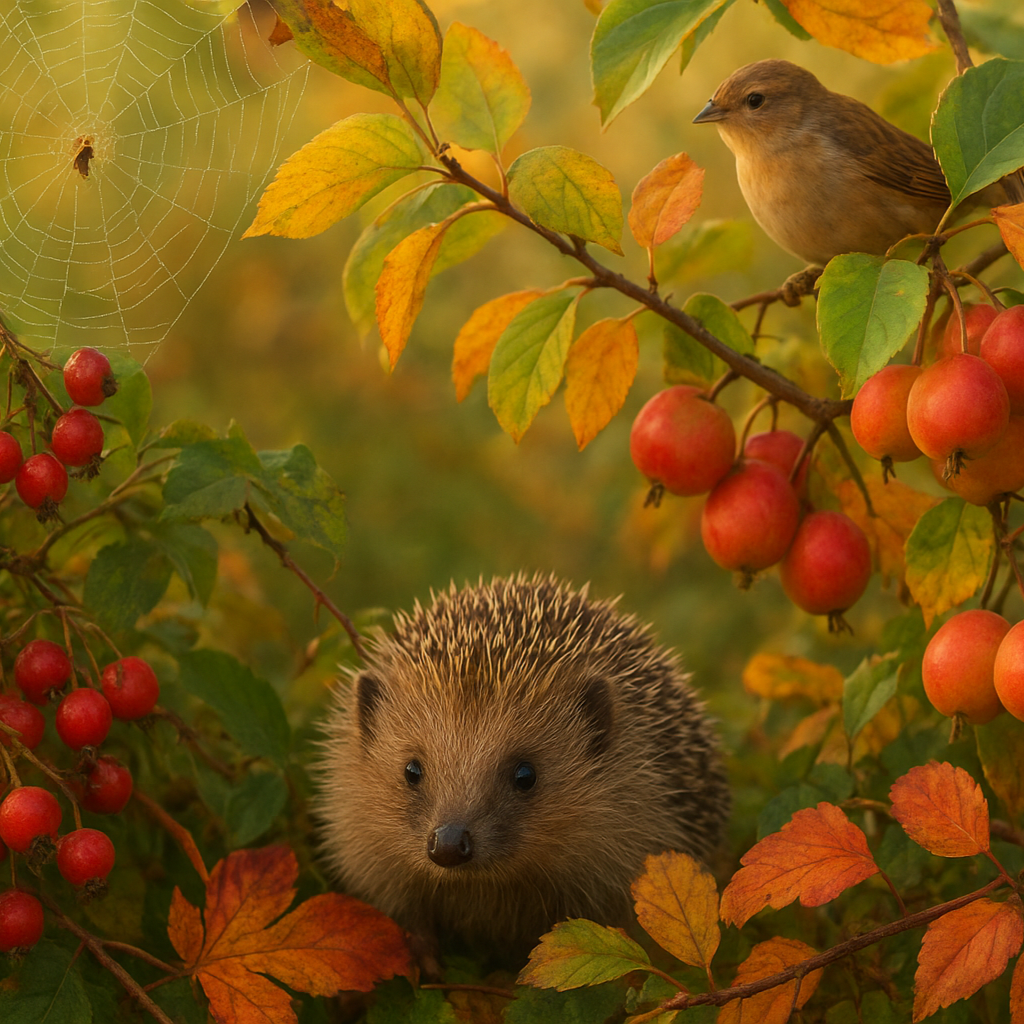
Return on September 5th to uncover the secrets of the hedgerow!
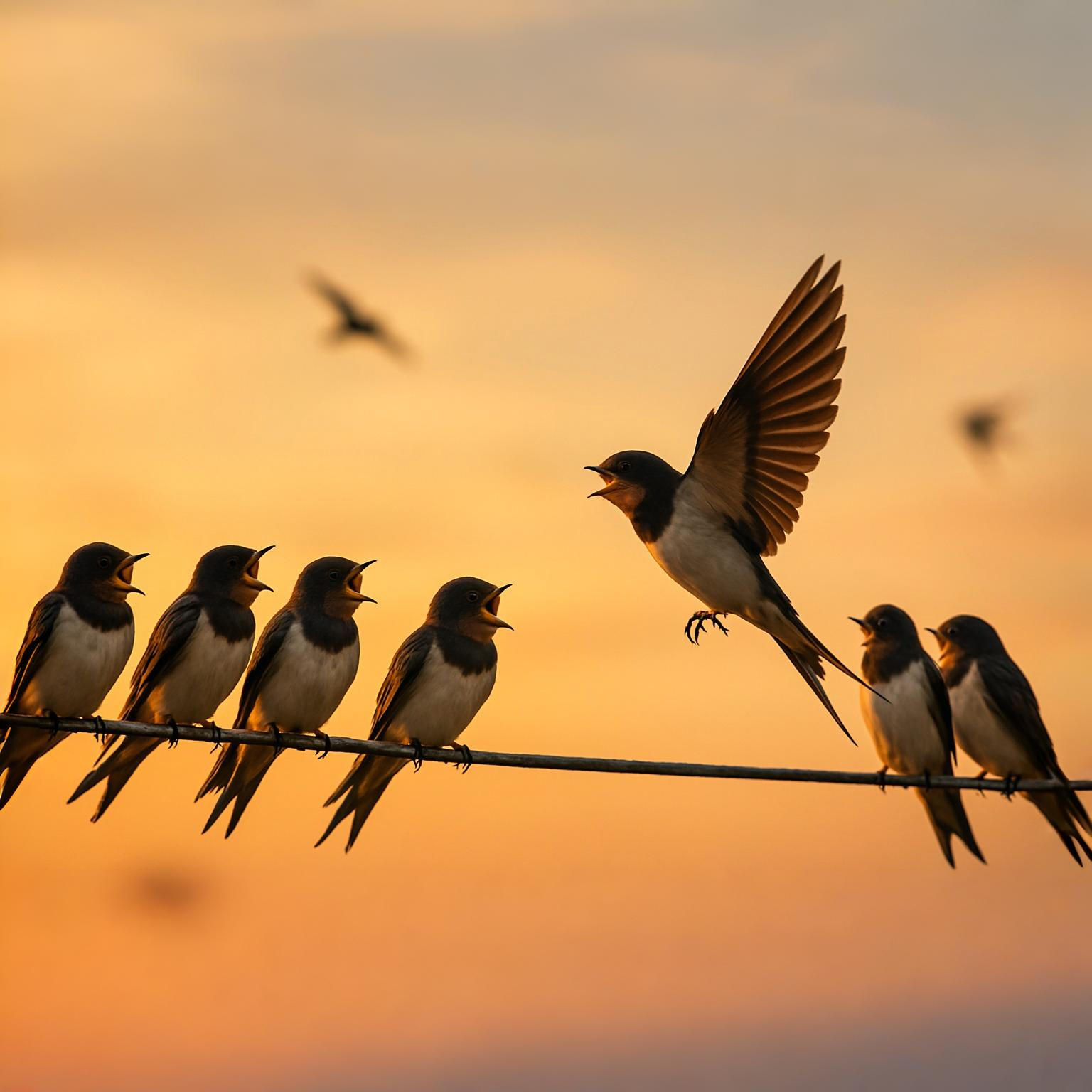
Don’t miss this September spectacle—return on September 6th to read more!
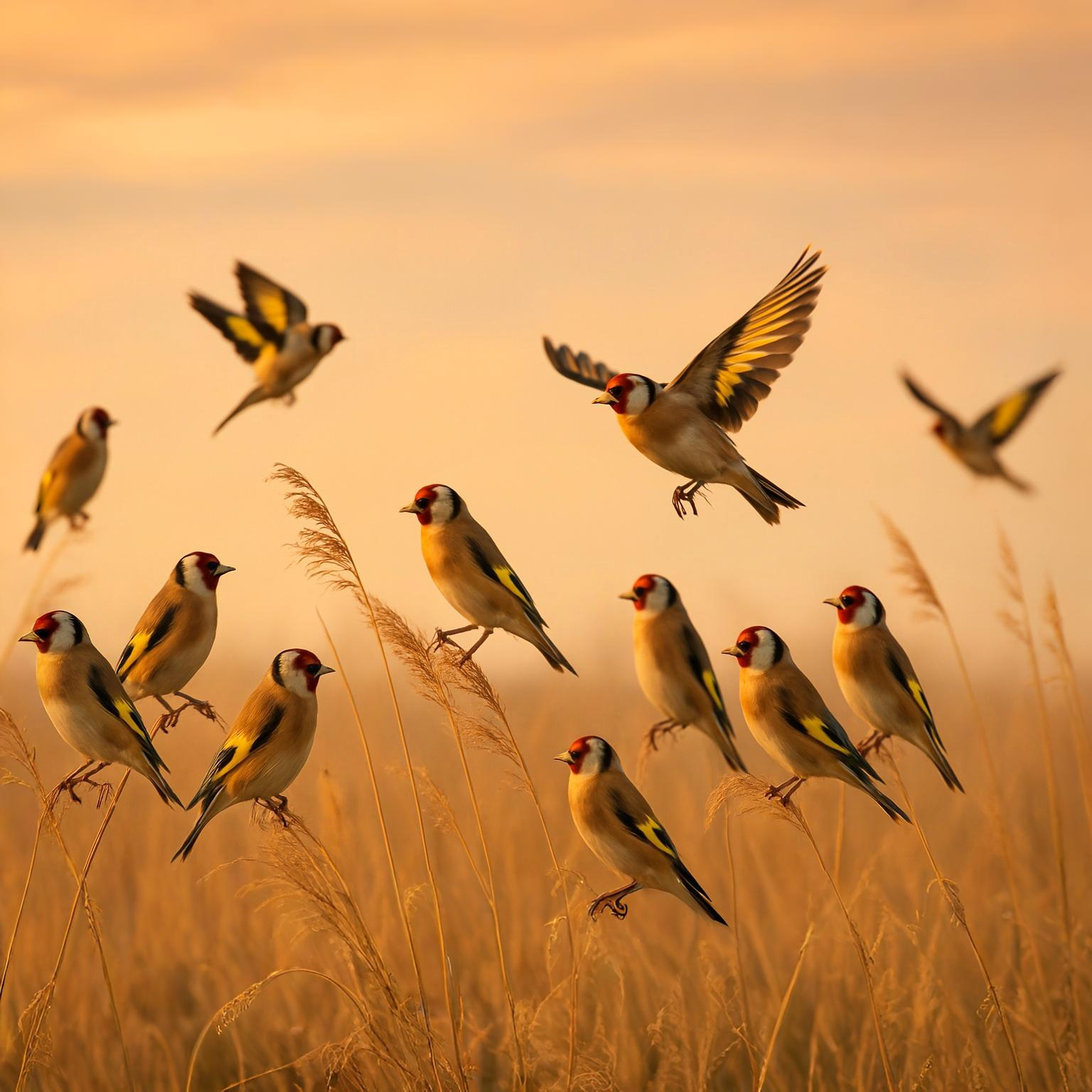
Don’t miss these avian gatherings—return on September 7th to read more!

Don’t miss this sensory journey—return on September 8th to read more!
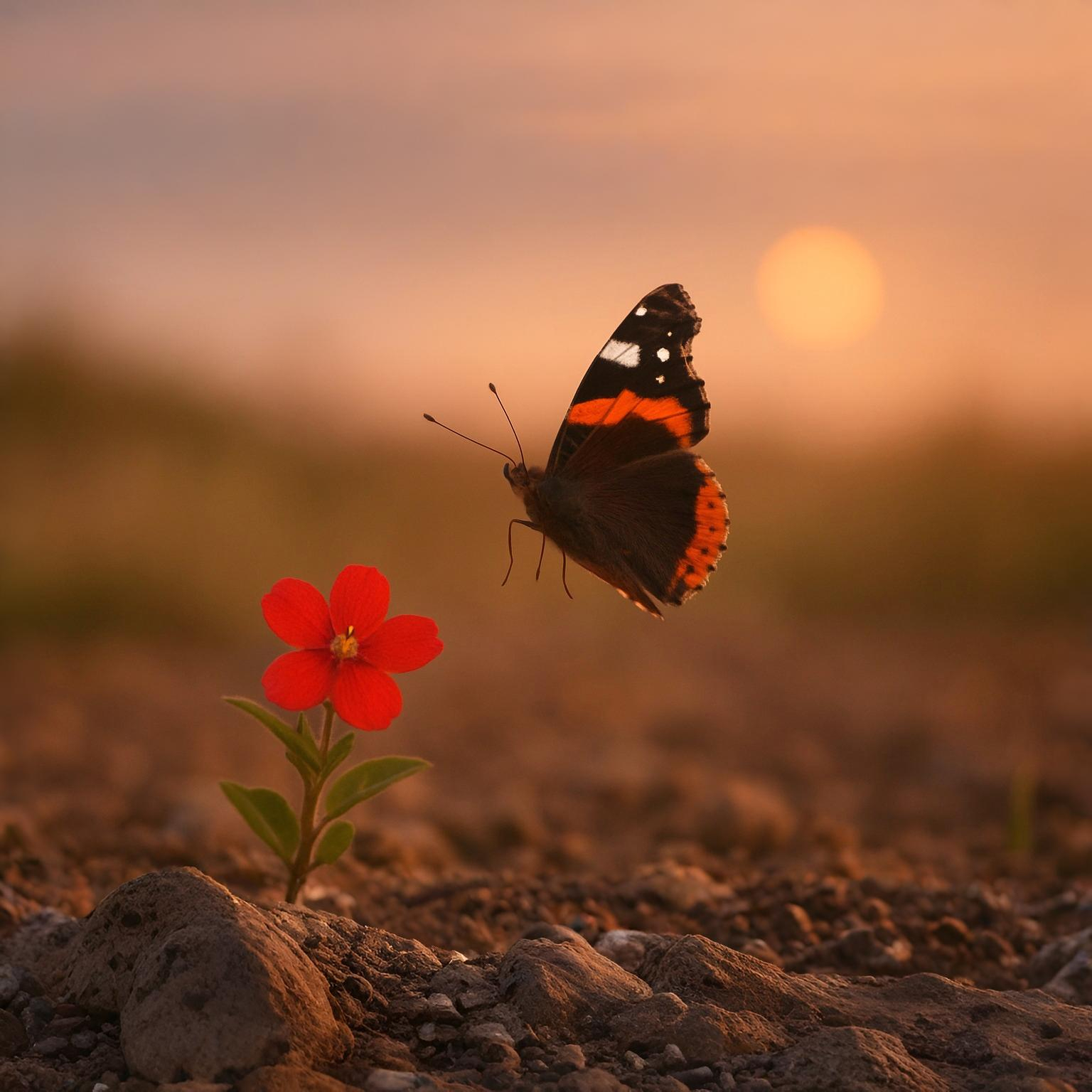
Return on September 9th to explore the full spectrum!
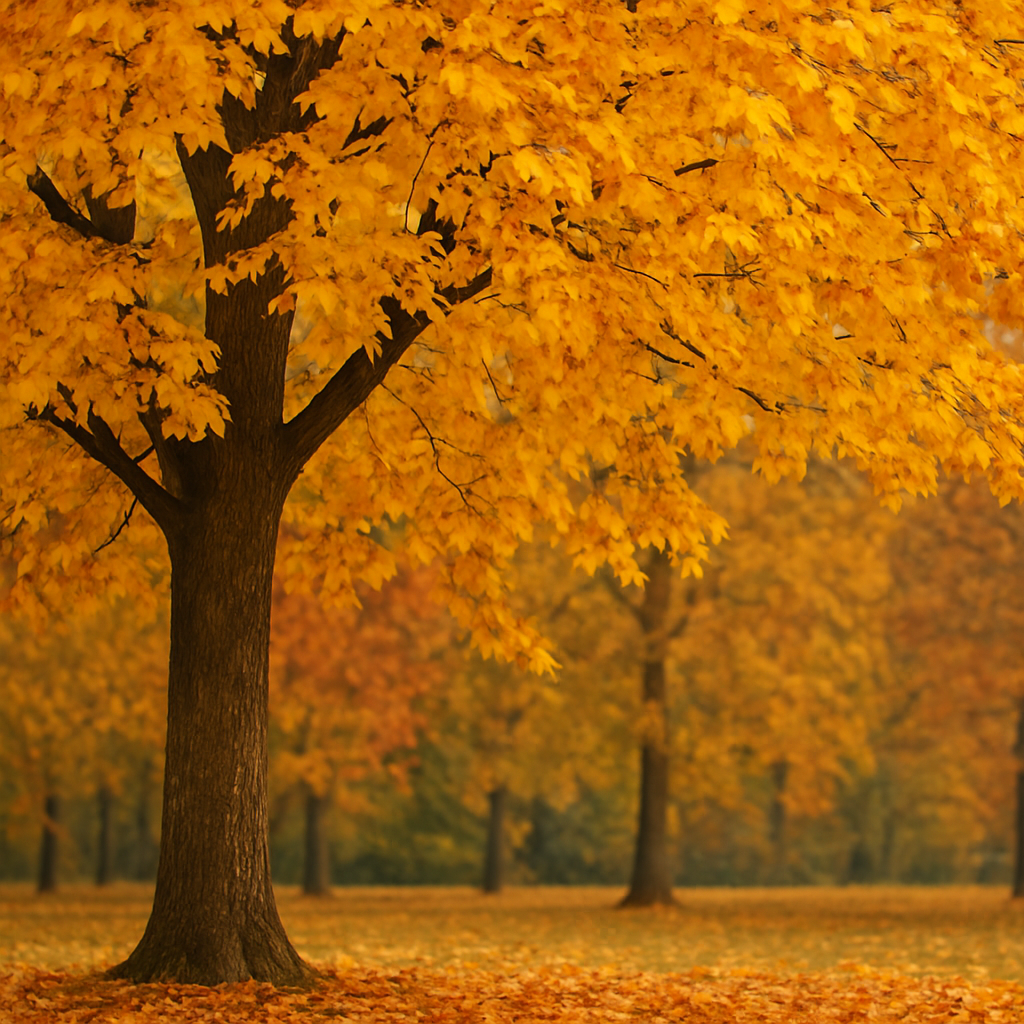
Don’t miss the next step in the season’s story—check back on September 10th!
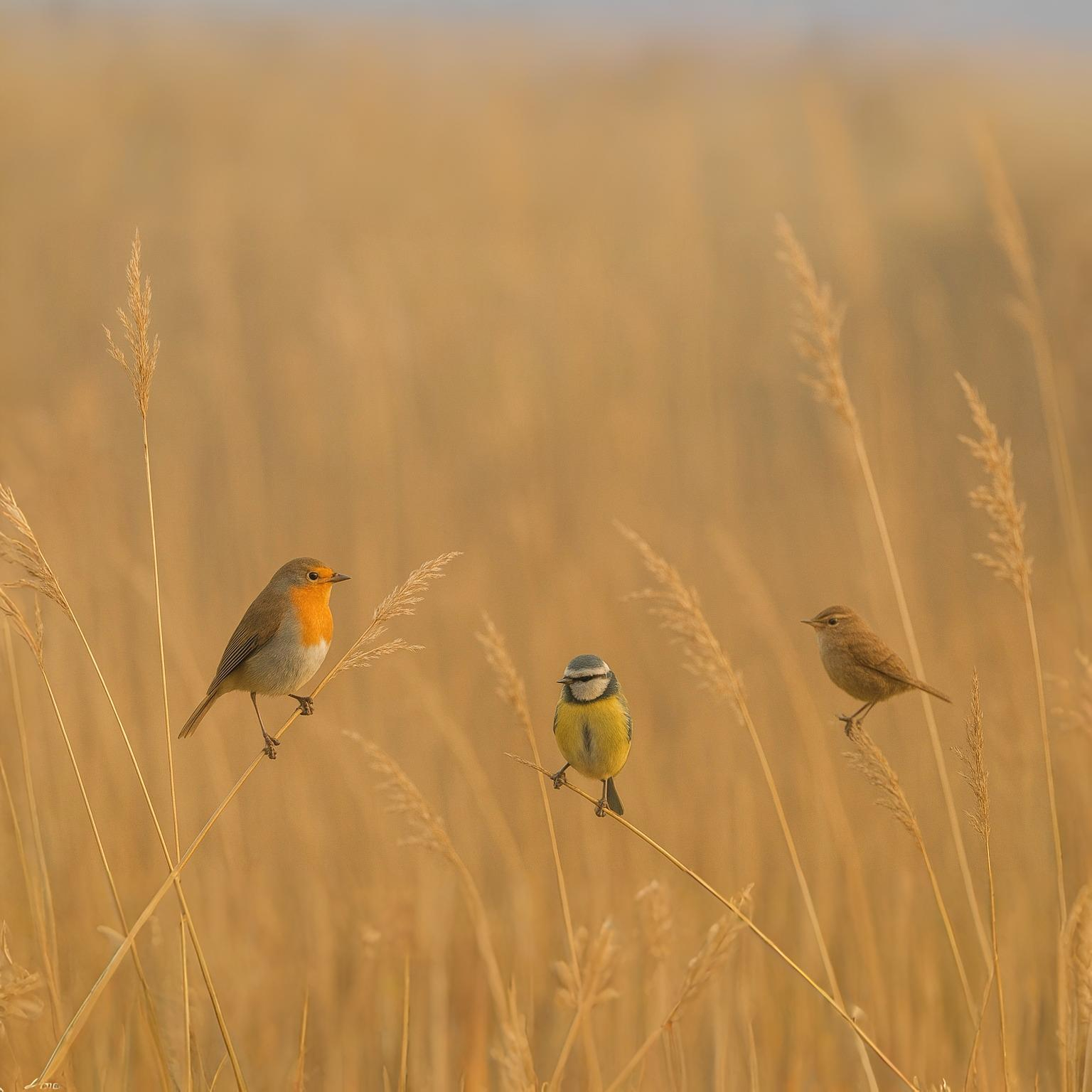
Don’t miss the next step in nature’s story—check back on September 11th!

Don’t miss the next step in autumn’s harvest—check back on September 12th!
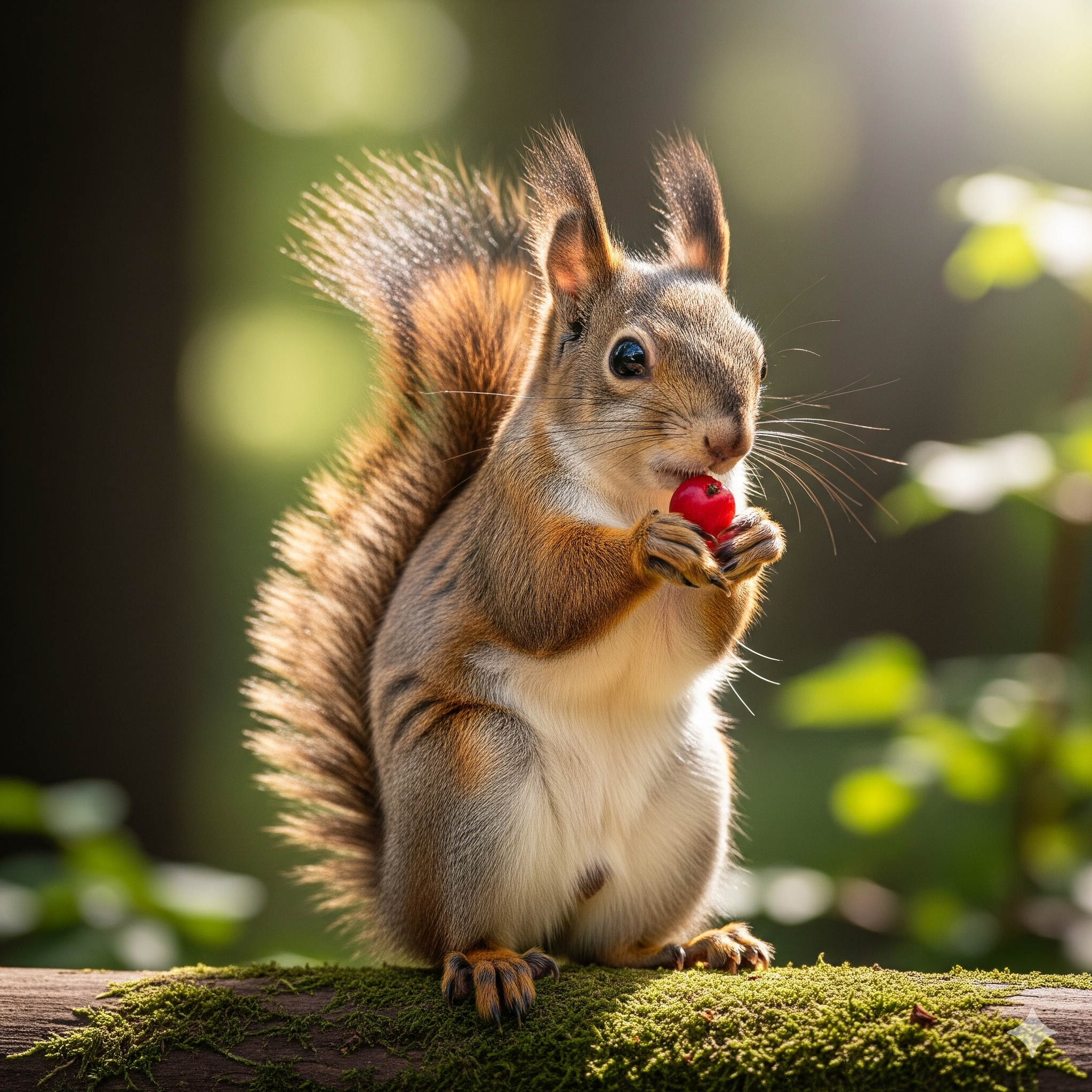
Check back on September 13th for the next autumn treasure.
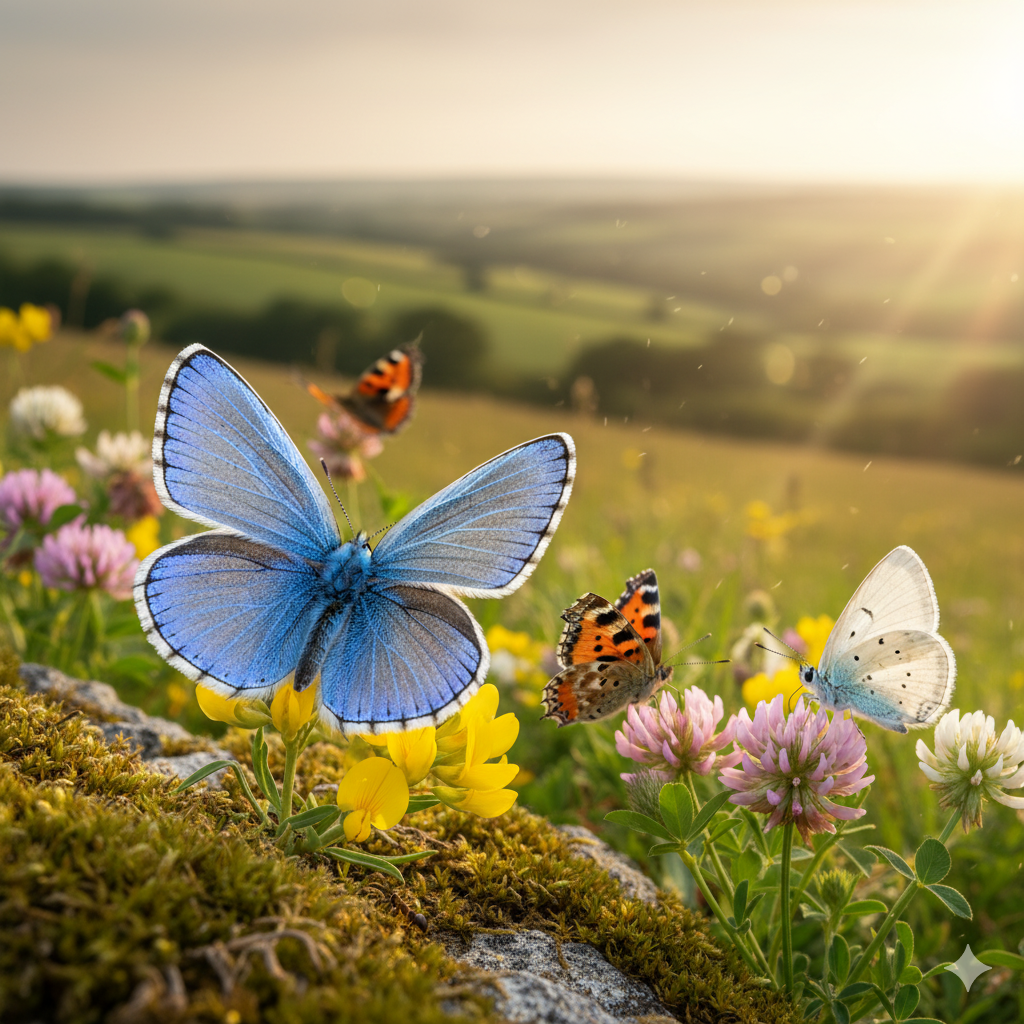
Check back on September 14th for the next autumn treasure.

Check back on September 15th for the next autumn treasure.
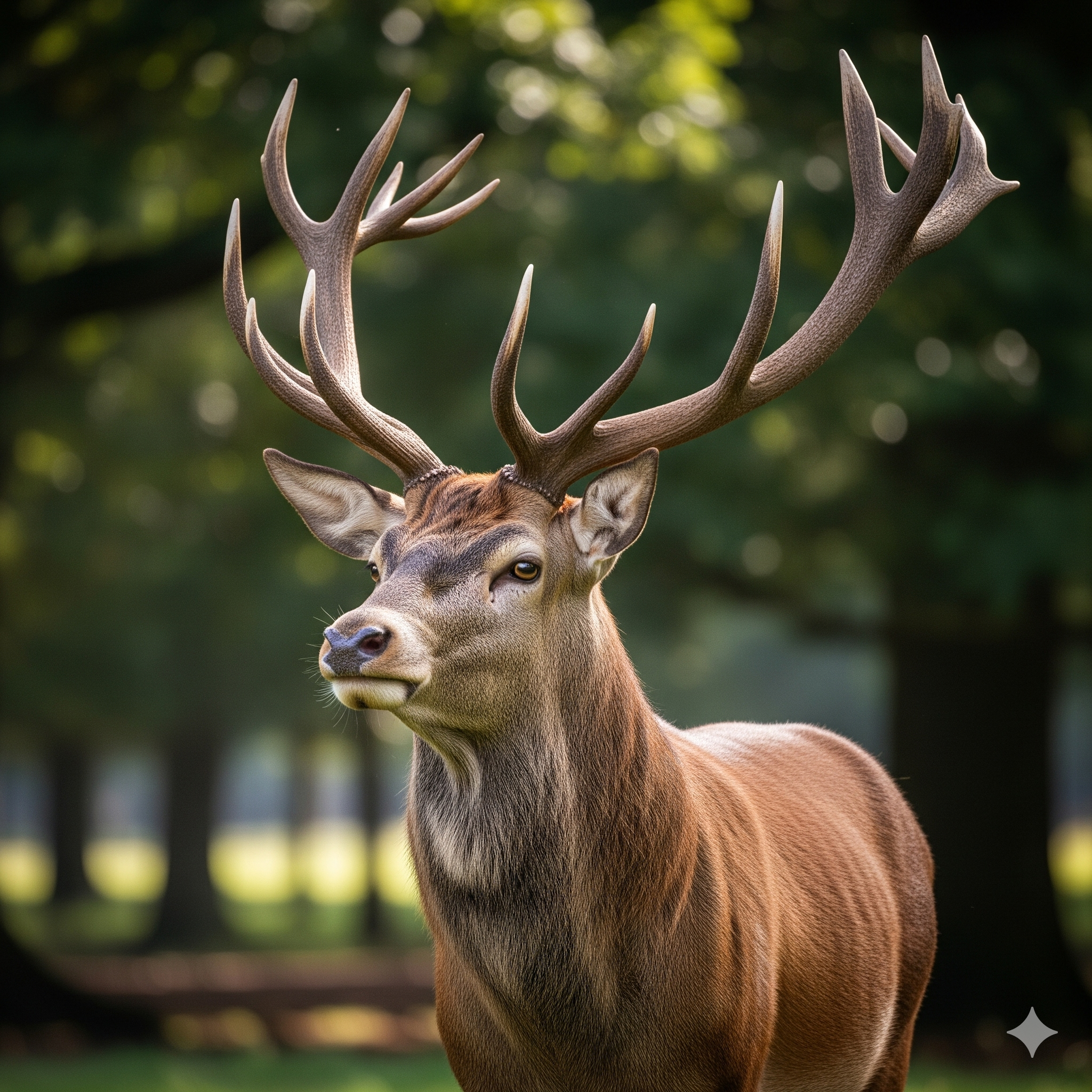
Check back on September 16th for the next autumn treasure.
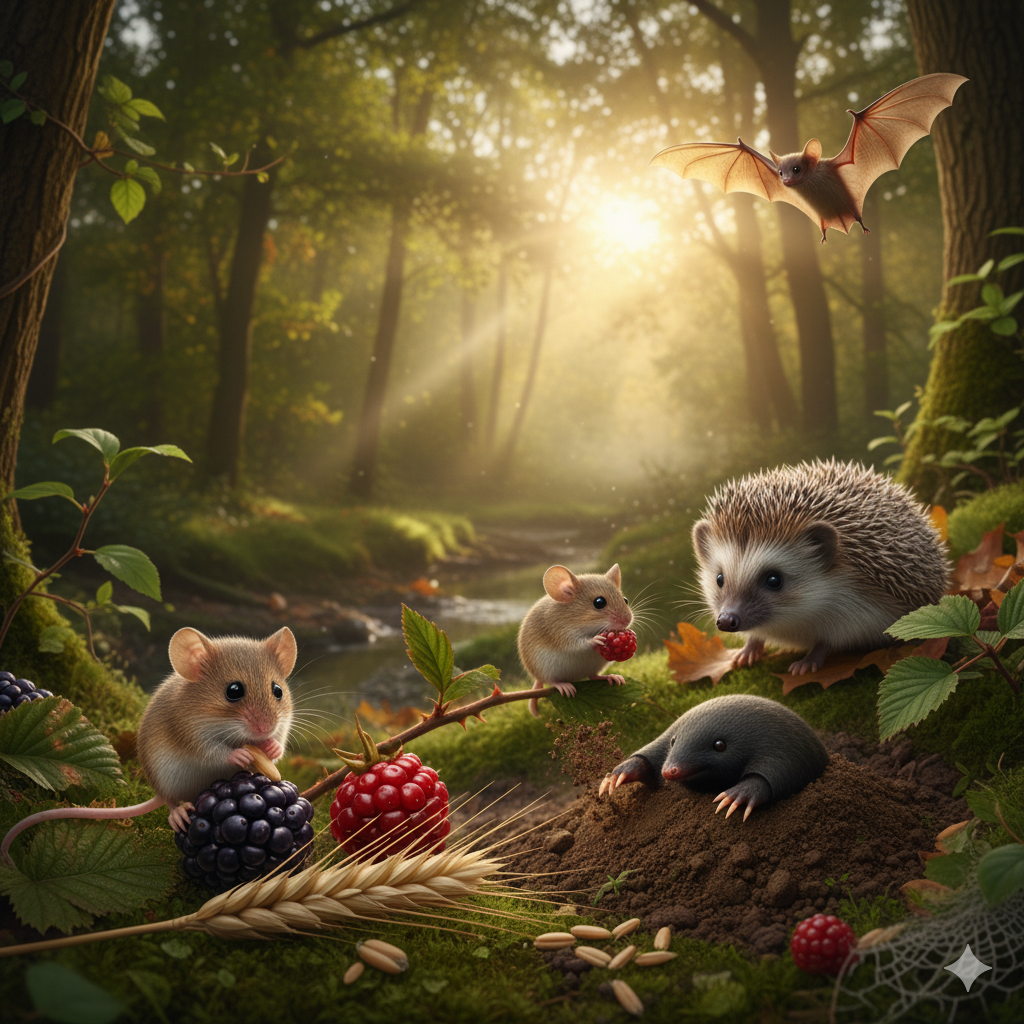

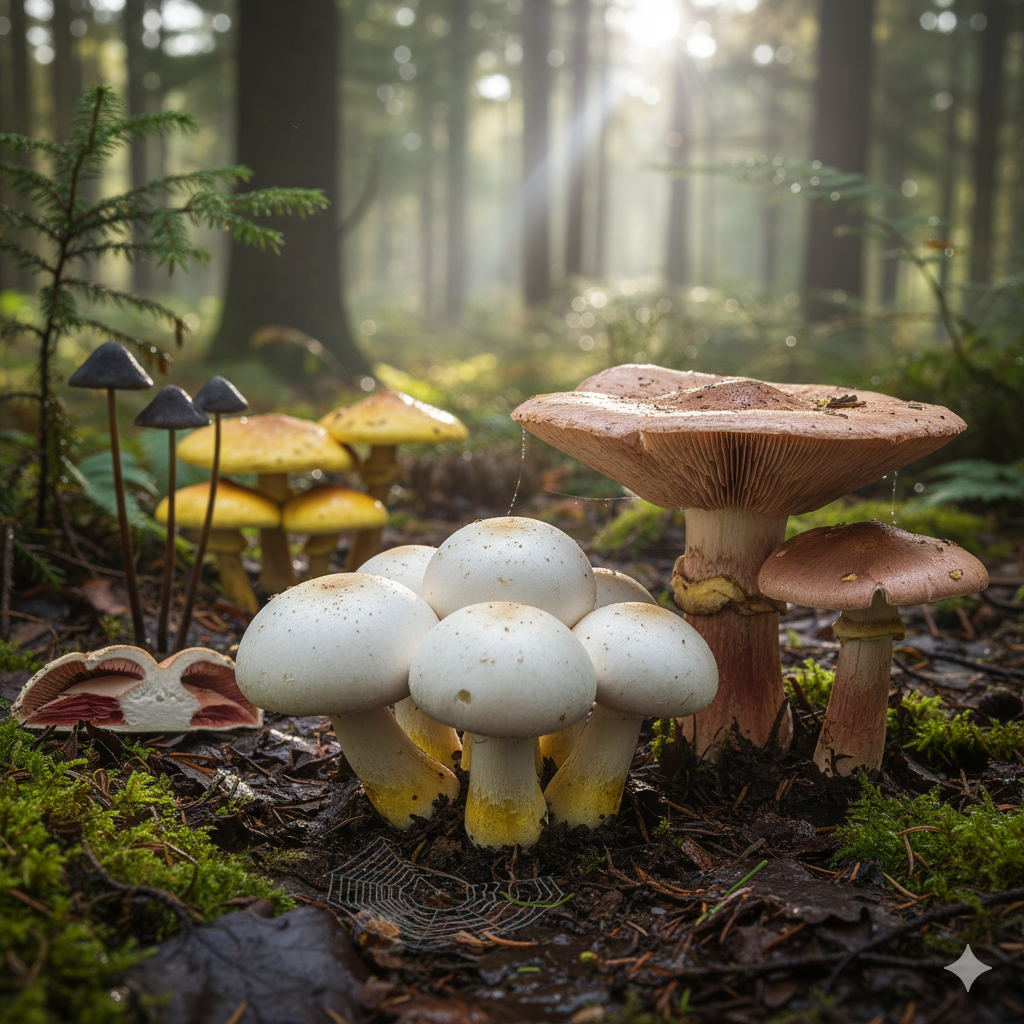
Return on September 19th to explore the full story of London’s extraordinary agarics.
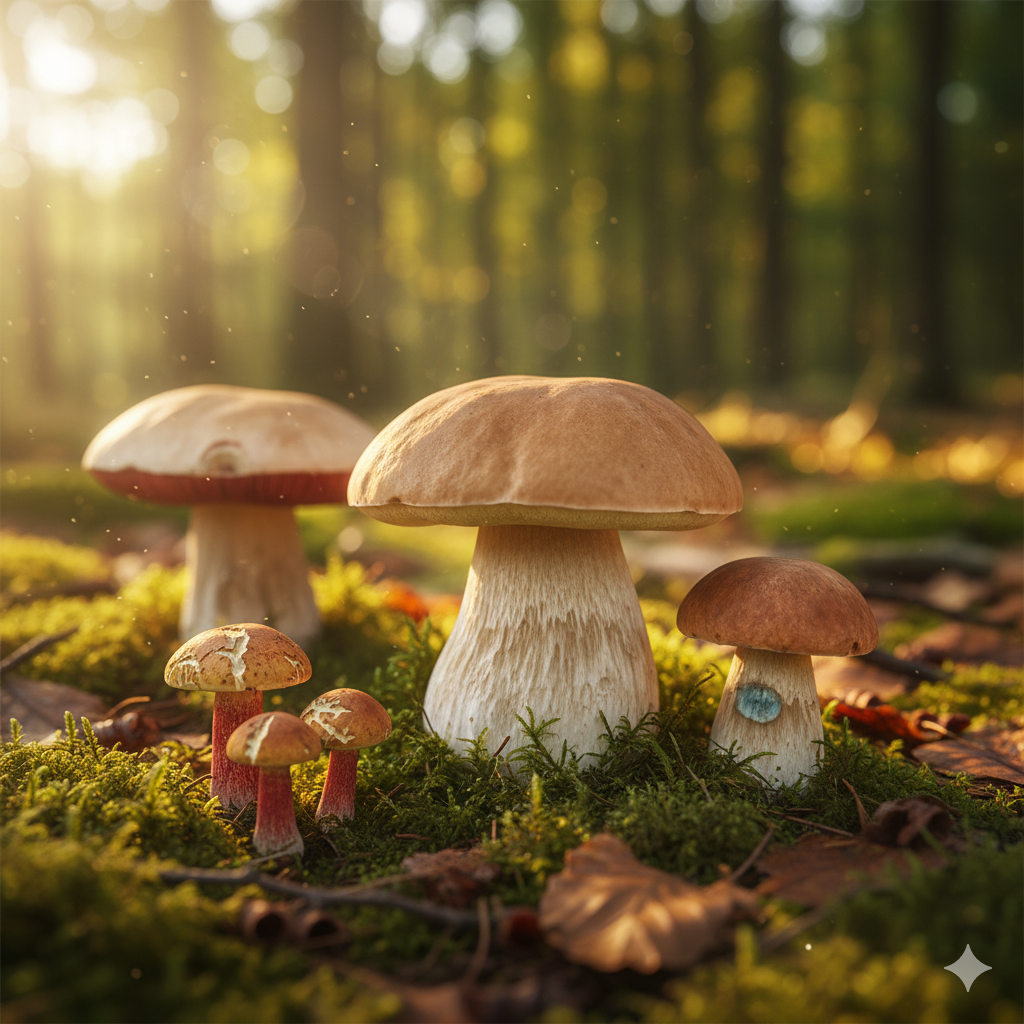
Return on September 20th to uncover London’s bolete wonders.
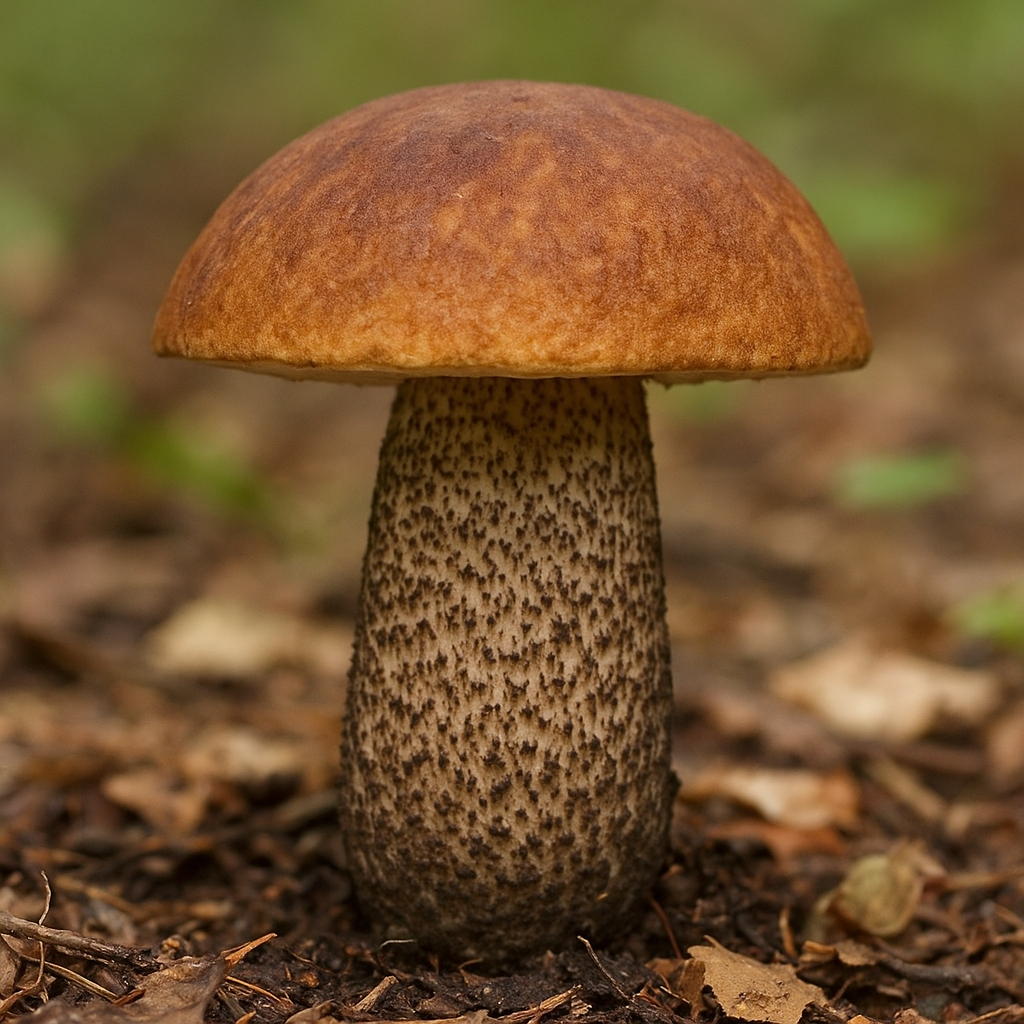
Return on September 21st to discover the full story of these mysterious boletes!
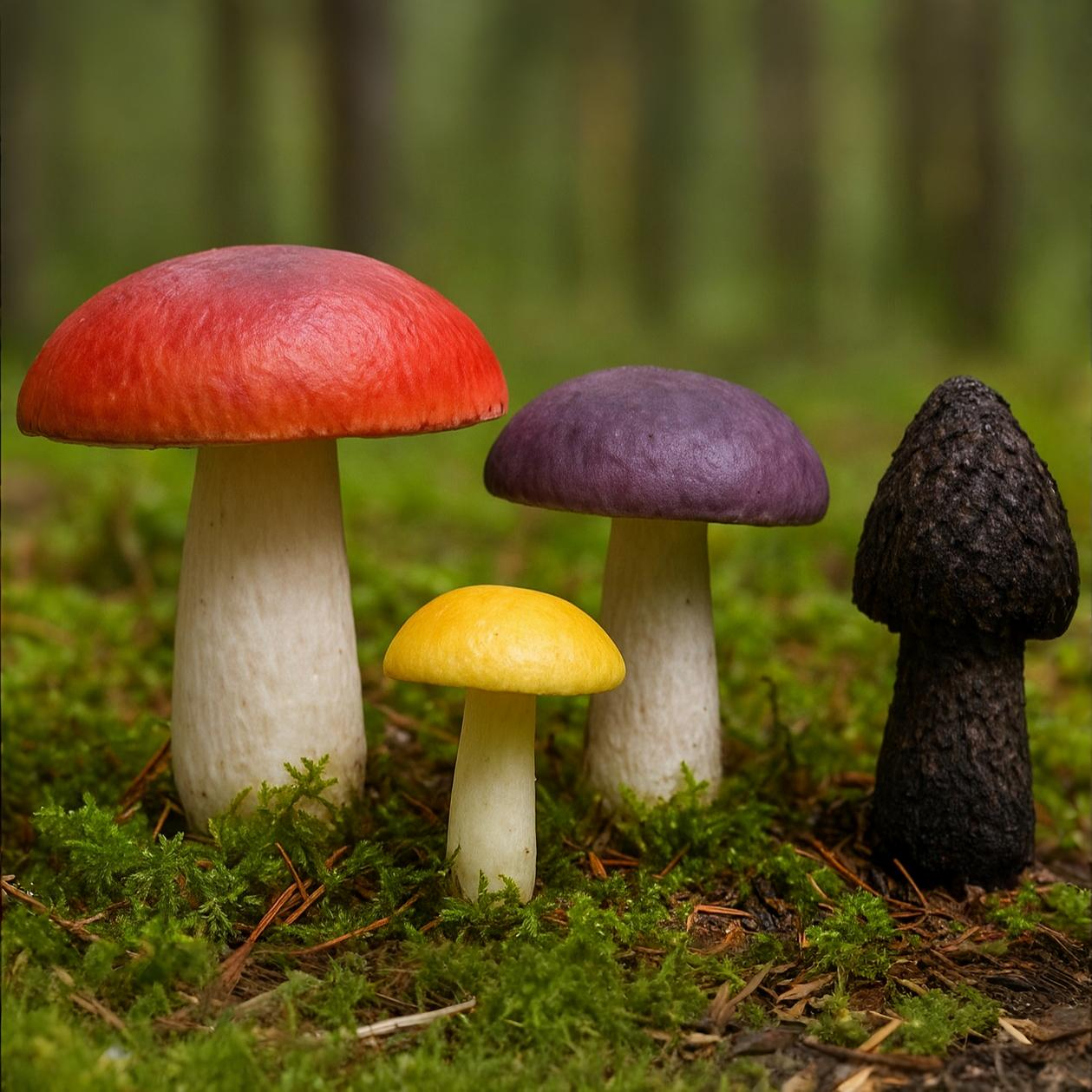
Return on September 22nd to explore the enchanting brittlegills in all their colours!

Return on September 23rd to explore the living jewels of London’s September gardens!

Return on September 24th to discover shrubs and trees alive with history, legend, and colour!

Return on September 25th to uncover the last dance of London’s dragonflies!
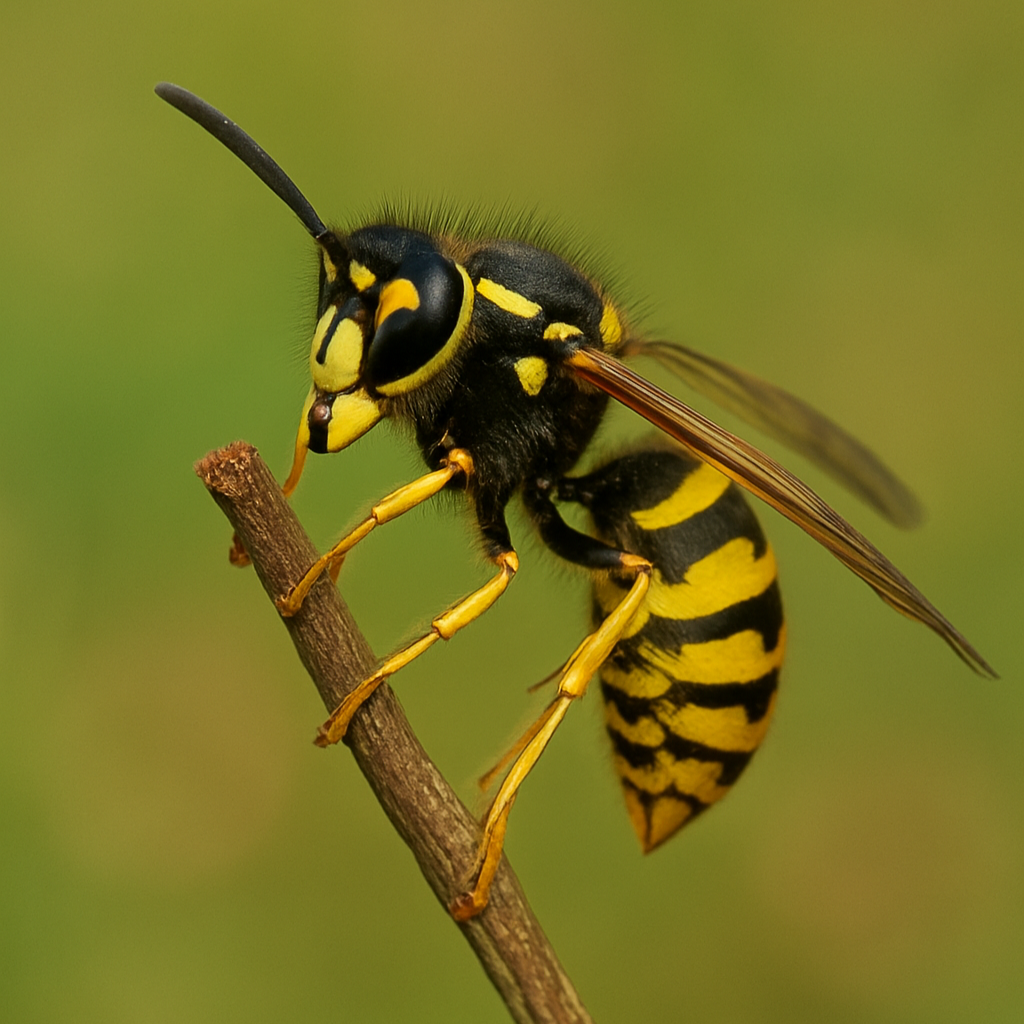
Be sure to return on September 26th for the full story!
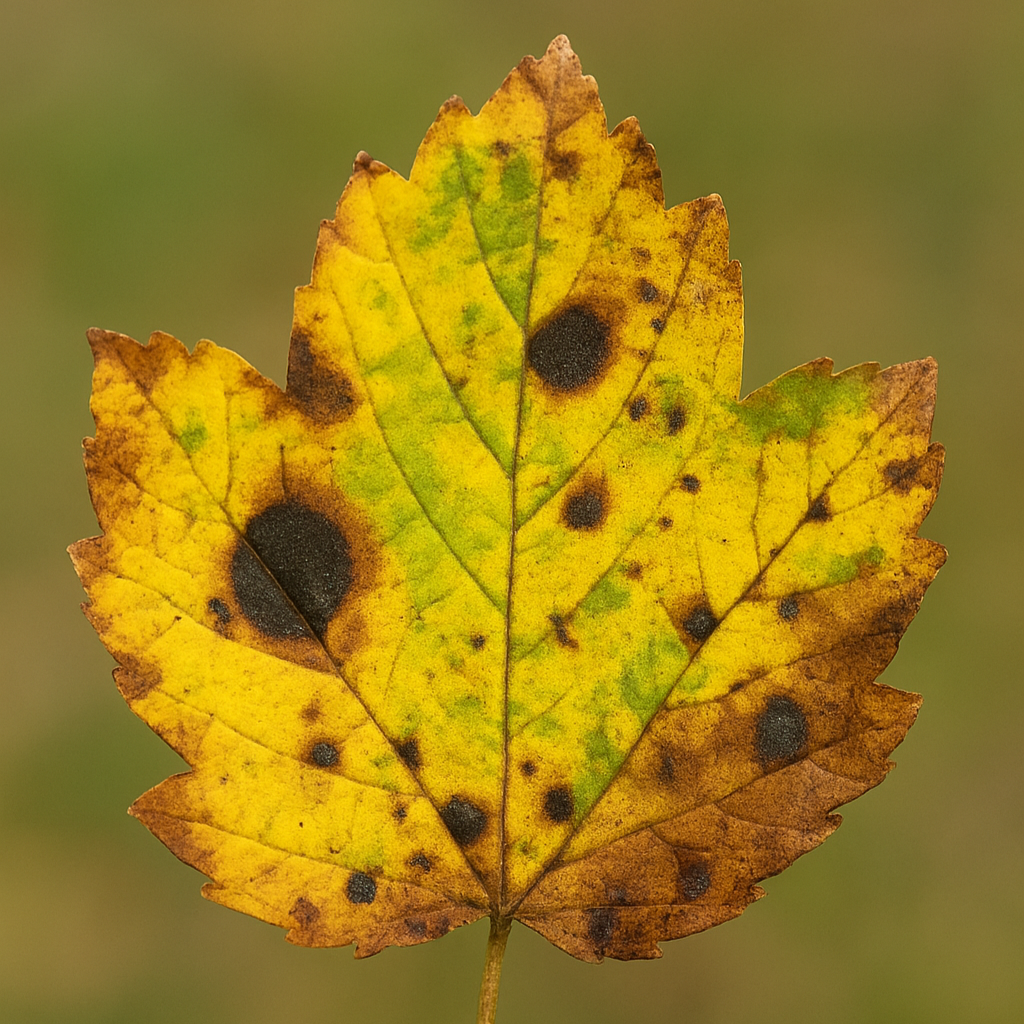
Be sure to return on September 27th for the full story!
